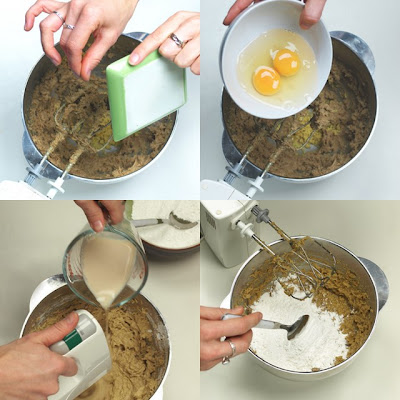Last weekend, I just had to get into the garden – it hadn’t had any attention for months and the springtime jobs of pruning and tidying were over-due. The cumquat trees especially needed a serious prune, to clear out the heart of the tree and get them ready to spark up with spring growth in coming months. I’d planted five of these trees in pots for Feng Shui reasons in the garden of my Natural Medicine clinic – the bright orange fruit are considered a symbol of luck and prosperity in Chinese landscape-design - and I have to say, I like a tree that self-decorates with cute orange baubles! Some of the branches that needed to be removed were laden with this golden fruit and I couldn’t be let them to go to waste.
So the question arose: what to do with a bowl full of Cumquats?
Consulting the Oracle (Google) produced numerous articles involving advice and recipes for dealing with a crop of cumquats, including:
 Cumquat Marmalade: from Cooks Almost Everything
Cumquat Marmalade: from Cooks Almost Everything
Candied Cumquats: from Morsels and Musings Kumquat, Fennel and Blood Orange Salad: from Erins Kitchen
Kumquat Compote: from Seattle Bonvivant Kumquat Salsa: from Garrett at Vanilla Garlic
Wickid Kumquatini Cocktails: from Wallflower Entertaining
But in the end, what really captured my imagination was a mention of:
Cumquat Curd… I couldn’t find the actual recipe online – if no-one else is doing it, does that mean it’s a really good idea (that no-one in the Whole-Wide-World has thought of yet) or really a bad idea (that no-one in their right mind would even consider)?? - but the concept piqued my interest. So using my mum’s recipe for Lemon Butter, I juiced and zested my cumquats, reserving the skins to make into a pickle and here is the result: The verdict? Cumquat Curd IS a really good idea - Yum-oh!
 Cumquat Curd Recipe:
Cumquat Curd Recipe:
4 eggs
140g sugar
70g unsalted butter
2 tsp grated cumquat zest
120ml cumquat juice
Whisk egg yolks and sugar until well combined but not frothy. Tip into a heavy-based non-reactive saucepan and add butter, zest and juice.
Stirring constantly, bring to simmering point over a medium-high heat (about five minutes).
As soon as bubbles appear, remove from heat, still stirring. Allow to cool. Transfer to sterilised jars and seal.
Makes 2 cups
Cumquat Pickle
 I wanted a recipe that would make use of the skins of the cumquats after I had juiced them for making the cumquat curd.
I wanted a recipe that would make use of the skins of the cumquats after I had juiced them for making the cumquat curd.
Cumquats are unlike other citrus fruits, as the peel is less bitter than the flesh. They produce an excellent sweet-and-sour pickle, combined with palm-sugar, vinegar and spices. Cumquat Pickle Ingredients:
250 g cumquat rinds
100 ml white wine vinegar
2 cardamom pods, crushed
1 cinnamon stick
1 cm piece of ginger, shredded
1 tsp sea salt
60g soft palm sugar
2 cloves
water
Cut the cumquat skins in half and put them in a saucepan with the salt and water to cover. Bring to the boil then simmer for 5 minutes. Drain the kumquats, discarding any pips.
Place the vinegar, palm sugar, cardamom pods, clove and the shredded ginger into a pan and heat gently, stirring, until all the palm sugar is dissolved. Raise the heat and bring to the boil, then add the pre-boiled, drained cumquat rinds. Simmer for one minute, then allow to cool slightly.While the mixture is still medium-hot (about 75 degrees), ladle the cumquats and the liquid into warm, clean, pre-sterilized jars. Cover with non metal (ie vinegar-proof) lids and seal.
Store in a cool, dark, dry place for 1 month before using.
Cumquat Pickle is wonderful with Malaysian and Indian Curries.

Yum-oh!





























































